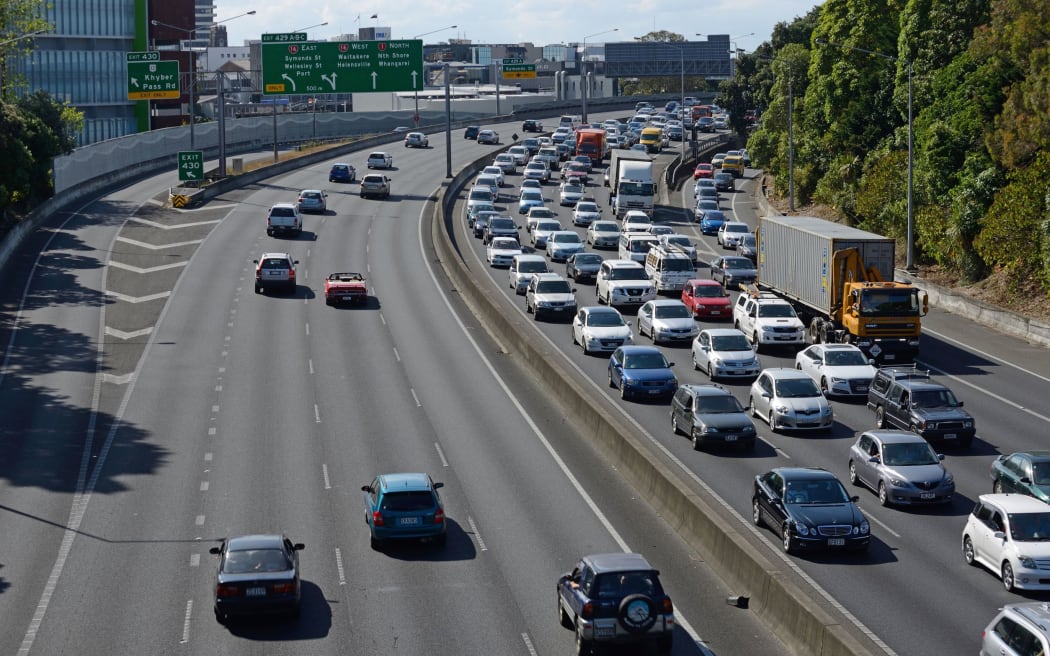The Automobile Association expects automatic braking systems in cars to become almost universal over time.

Photo: 123rf.com
Automatic braking systems use a technique like radar to detect a traffic hazard and trigger a braking system in cars before the driver has become aware of the risk.
They are intended to shortcut the sometimes lethal delay in driver reaction when cars are travelling at speed.
They are available in high-end cars at present but not in most ordinary vehicles.
Their value in reducing danger on the roads was demonstrated in research by an American think tank, the Insurance Institute for Highway Research.
This found a 40 percent reduction in nose-to-tail crashes by cars when vehicles were fitted with this system.
In the US, this amounted to 700,000 accidents.
The Swedish car maker Volvo then applied that research to New Zealand figures from 2014.
"In that year there were 1308 serious injuries across 982 rear-end crashes on New Zealand roads," the firm's national manager Coby Duggan said.
"There were six fatalities among those.
"Applying the research, 614 car occupants in New Zealand would have avoided injury in a vehicle fitted with this technology."
Automatic braking systems are the latest in a series of safety devices in cars dating back to seat belts, head rests, air bags, anti-locking brakes and electronic stability control.
The Automobile Association said the latest technology had been around for a long time but was mainly available in expensive cars at present.
Its general manager for motoring services Stella Stocks supports the system but said making it mandatory was not the way to go - it was far better to use incentives.
She said forums like the Australasian car safety organisation ANCAP were in a position to leverage manufacturers into adopting automatic braking systems because they came to see it as an effective way of marketing their car.
"Programmes like ANCAP are encouraging manufacturers to install this," she said.
"As we raise the bar with ANCAP, these sorts of technologies that we call safety-assist technologies will gradually have to be introduced to achieve a car's five star safety rating," said Ms Stocks.
A five star safety rating with ANCAP is regarded as an effective marketing tool by car manufacturers.
The death rate on New Zealand roads has been reducing steadily for almost half a century, and car experts are widely agreed that improving vehicle technology is a major cause of this.

